Building materials
The importance of knowing their useful life time
Expiration in building materials and other materials such as electrical, hydrosanitary and data is an important issue to consider in any construction project. Building materials are critical to the success of any construction project, as the quality of the materials used can affect the durability, safety and overall cost of the project.
It is important to know the useful life of building, electrical, hydrosanitary and data materials prior to their use, as their expiration can significantly affect the quality and durability of the project. Building and other materials are subject to the action of time, humidity, temperature, exposure to light, environmental pollution, among other factors that can affect their quality and safety.
In this article, we will explore the different types of building and other materials and discuss their useful life and expiration. We will also discuss the implications of using expired materials in construction projects and how to avoid their use.
Building materials
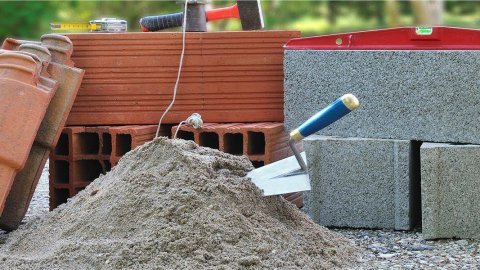
Building materials are those used to construct structures and buildings, and are divided into two main categories: natural building materials and artificial building materials.
Natural building materials, such as wood, stone and adobe, have a useful life that depends largely on their maintenance and care. Wood, for example, can last more than 100 years if properly treated and cared for, while stone and adobe can last for centuries.
On the other hand, man-made building materials, such as concrete, steel and glass, have a useful life that depends on their quality and proper maintenance and care. Cement, for example, has a useful life of about 50 years, while steel can last more than 100 years.
However, the useful life of building materials can be affected by factors such as humidity, temperature, exposure to sunlight, environmental pollution and other environmental factors. Therefore, it is important to know the useful life of building materials before using them in construction projects.
Electrical materials
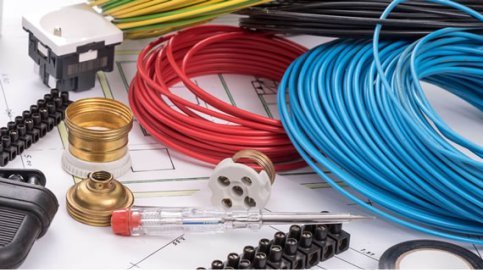
Electrical materials are those used for the electrical installation of buildings and structures. These materials include cables, switches, sockets, circuit breakers, lamps and other electrical components.
Electrical materials have a useful life that depends on their quality and the environmental conditions in which they are used. For example, electrical cables can last between 20 and 50 years, depending on the quality and environmental conditions, such as humidity and temperature.
Switches, sockets and other electrical components also have a useful life that depends on their quality and environmental conditions. Therefore, it is important to know the useful life of electrical materials before using them in construction projects.
Hydrosanitary materials
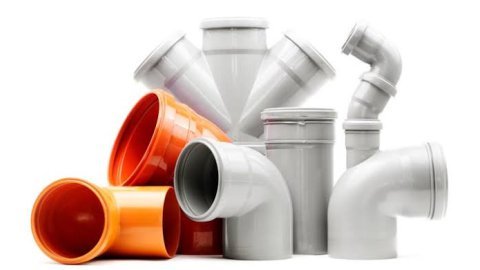
Hydrosanitary materials are those used in the installation of plumbing and drainage systems in buildings and structures. These materials include pipes, plumbing fixtures, faucets and other hydrosanitary components.
Hydrosanitary materials have a useful life that depends on their quality and the environmental conditions in which they are used. For example, copper pipes can last more than 50 years, while PVC pipes have a useful life of about 25 years.
Plumbing fittings and faucets also have a useful life that depends on their quality and environmental conditions. Therefore, it is important to know the useful life of hydrosanitary materials before using them in construction projects.
Data materials
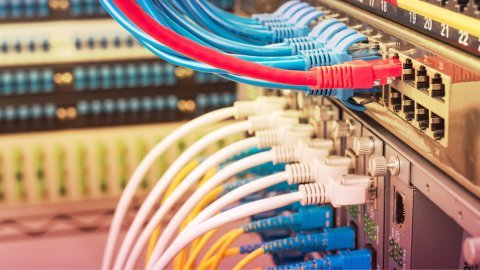
Data materials are those used for the installation of communication and networking systems in buildings and structures. These materials include data cables, network connectors, routers, switches and other network components.
Data materials have a useful life that depends on their quality and the environmental conditions in which they are used. For example, data cables can last more than 20 years, while network components have a useful life of about 10 years.
The risks of using expired materials
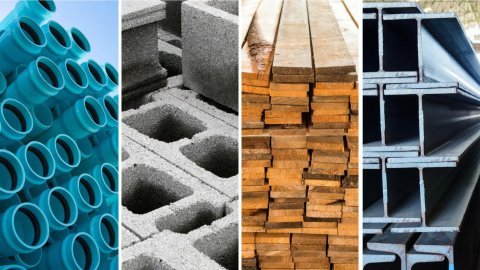
Using outdated materials in construction projects can be dangerous and costly. Expired materials can affect the quality and durability of the project, and can jeopardize the safety of the people occupying the building.
For example, the use of expired building materials can result in premature degradation of the material, which can lead to structural failure and unsafe building conditions. The use of expired electrical and hydrosanitary materials can result in electrical failures and water leaks, which can be hazardous to people and can damage the building structure.
In addition, the use of expired data materials can result in obsolescence of the communication system and the need for replacement, which can be costly and time consuming.
How to avoid the use of expired materials
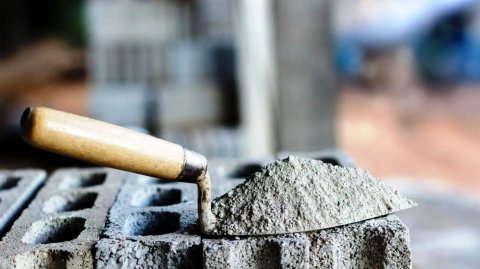
To avoid the use of expired materials in construction projects, it is important to follow the following measures:
- Verify the useful life of materials before use: It is important to know the useful life of materials before use to ensure the quality and durability of the project.
- Purchase materials from reliable suppliers: It is important to purchase materials from reliable suppliers who have a reputation for providing high quality materials.
- Store materials properly: It is important to store materials properly to avoid exposure to environmental factors that may affect their quality and safety.
- Inspect materials before use: It is important to inspect materials before use for any damage or signs of degradation.
- Keep a record of materials: It is important to keep track of the materials used in order to track their useful life and plan for their replacement in the future.
- Train personnel in the handling of materials: It is important to train personnel in the handling of materials to ensure that they are stored and used safely and properly.
- Conduct periodic inspections: It is important to conduct periodic inspections of the building to detect any signs of degradation or failure of the materials.
Conclusion
The expiration of construction, electrical, hydrosanitary and data materials is an important factor to consider in building construction and maintenance projects. The use of expired materials can be dangerous and costly, and can jeopardize the safety of people and the durability of the structure.
It is important to know the useful life of materials and follow proper measures to avoid using expired materials. This includes purchasing materials from reliable suppliers, storing them properly, inspecting them before use, and keeping a record of the materials used.
At Alher Sem, we take quality and safety seriously in all our projects. We work with high quality materials and train our personnel in the proper handling and use of materials. In addition, we perform periodic inspections on the buildings we construct and maintain to ensure that the materials are in good condition and safe for use.
In conclusion, the expiration of materials is an important factor to consider in any building construction and maintenance project. It is important to know the useful life of materials and follow appropriate measures to avoid the use of expired materials and ensure the safety and durability of the structure.
Comments
We are interested in your opinion, please leave us a comment